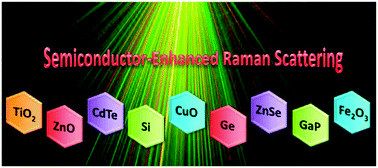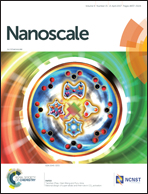Semiconductor-enhanced Raman scattering: active nanomaterials and applications
Abstract
Surface-enhanced Raman scattering (SERS)-active nanomaterials have extended from noble metals and transition metals to semiconductor materials, since the first discovery of SERS in the mid-1970s. In comparison with metal substrates and transition metals, semiconductor materials have additional optical and electrical properties besides SERS enhancement ability, which enable them to display remarkable charge-transfer enhancement and catalytic ability. Moreover, their superior biocompatibility allows these nanomaterials to have great potential applications in bioscience. Herein we highlight the fast growing research field focusing on SERS-active semiconductor nanomaterials and semiconductor-other material heterostructures developed in our group as well as in other related research studies. The material size, morphology and assembly-dependent SERS enhancement have been discussed in detail. Furthermore, a variety of promising applications of semiconductor-enhanced Raman scattering in photoelectric characterization, redox biochemistry, sensing, and the catalytic degradation of organic pollutants are introduced.



 Please wait while we load your content...
Please wait while we load your content...